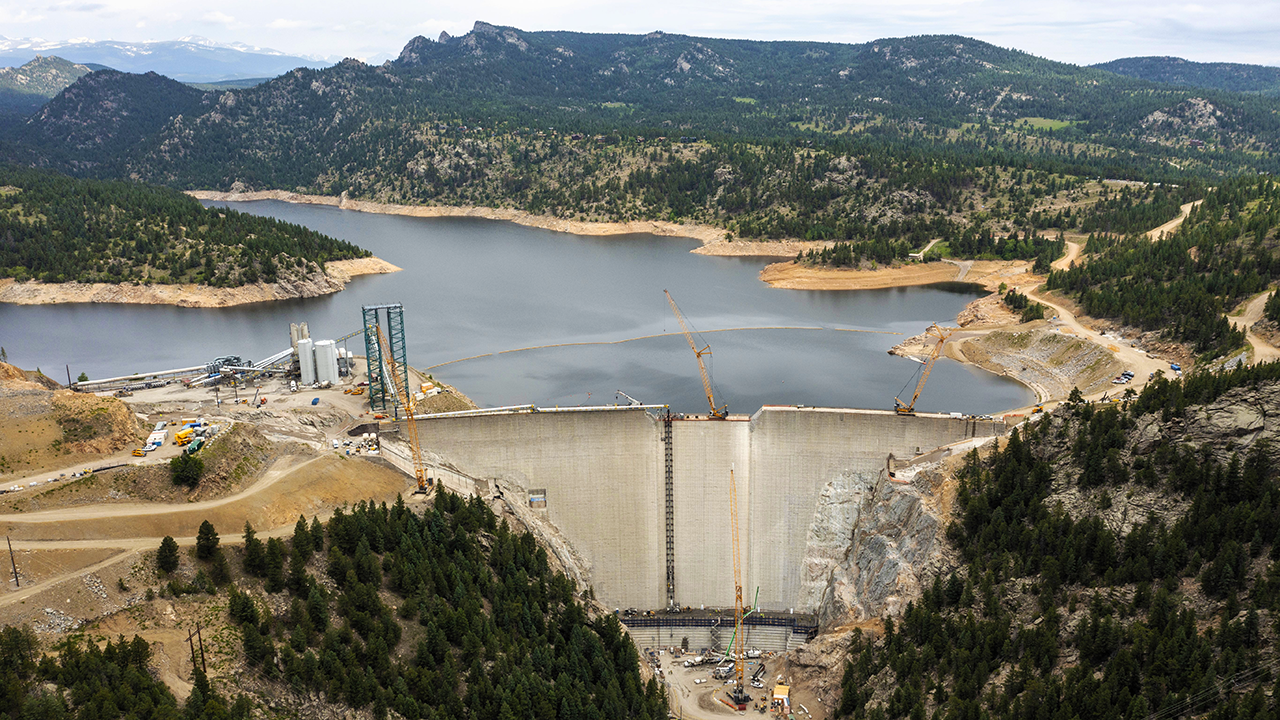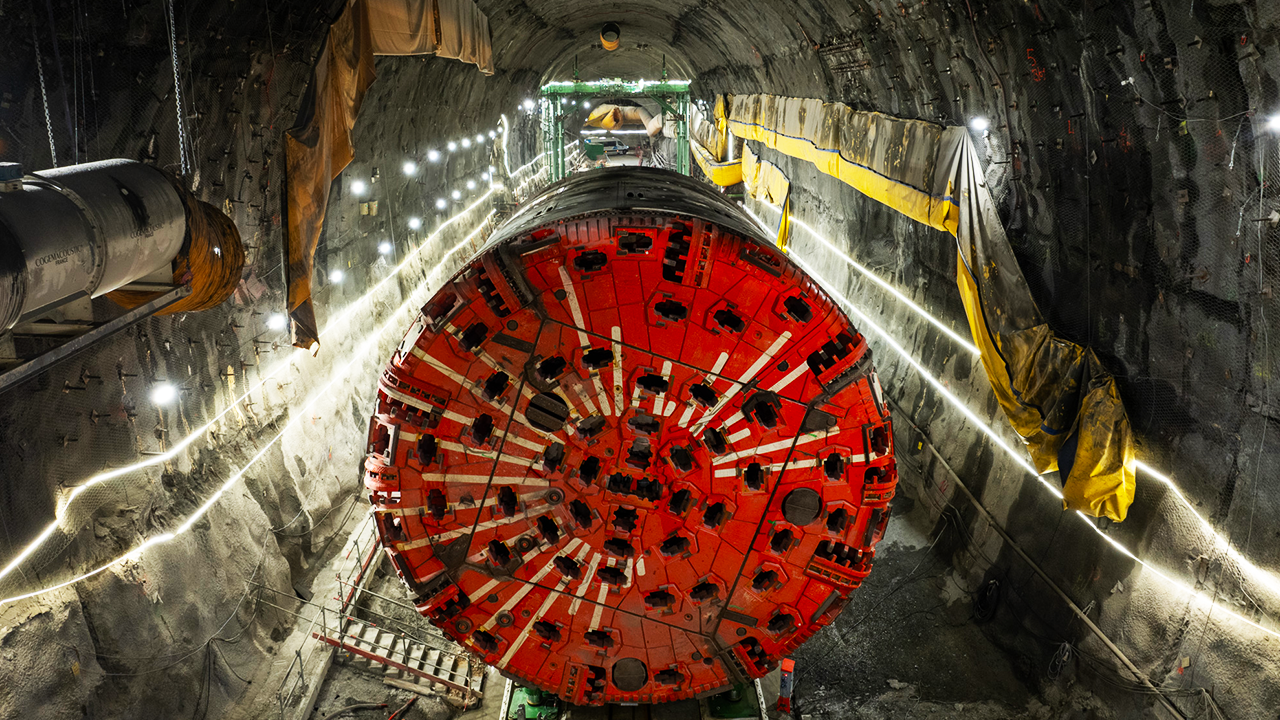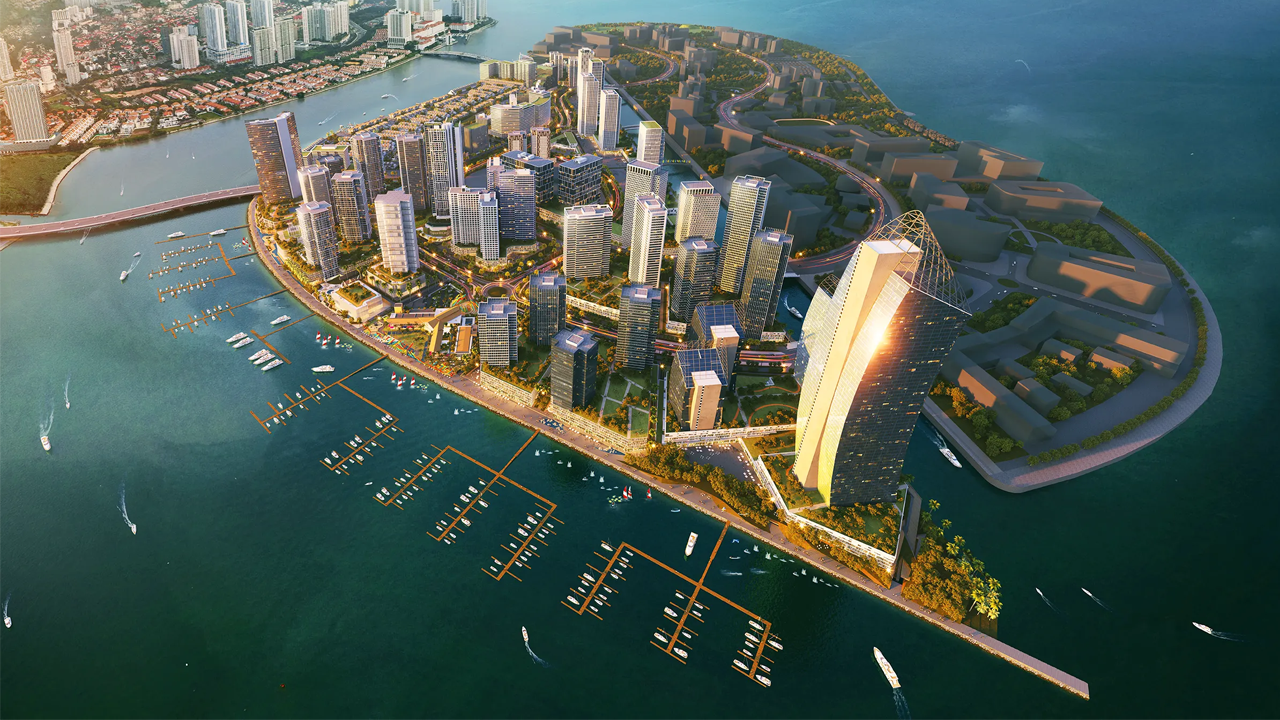Resurrecting America's Nuclear Disaster Site
- Youtube Views 787,763 VIDEO VIEWS
Video narrated and hosted by Fred Mills. This video contains paid promotion for InEight.
ON March 28th 1979 the worst nuclear incident in US history unfolded.
One of the two reactors at Three Mile Island in Pennsylvania suffered a cooling malfunction that caused part of the core to melt, releasing radioactive gas into the air.
It became a cautionary tale of the dangers of atomic energy and remains a crisis the nuclear industry still hasn’t fully recovered from.
But now, decades later, the site is being given a remarkable rebirth.
The plant is being switched back on for a purpose that few would have predicted – powering a tech giant’s plans for the future of AI.
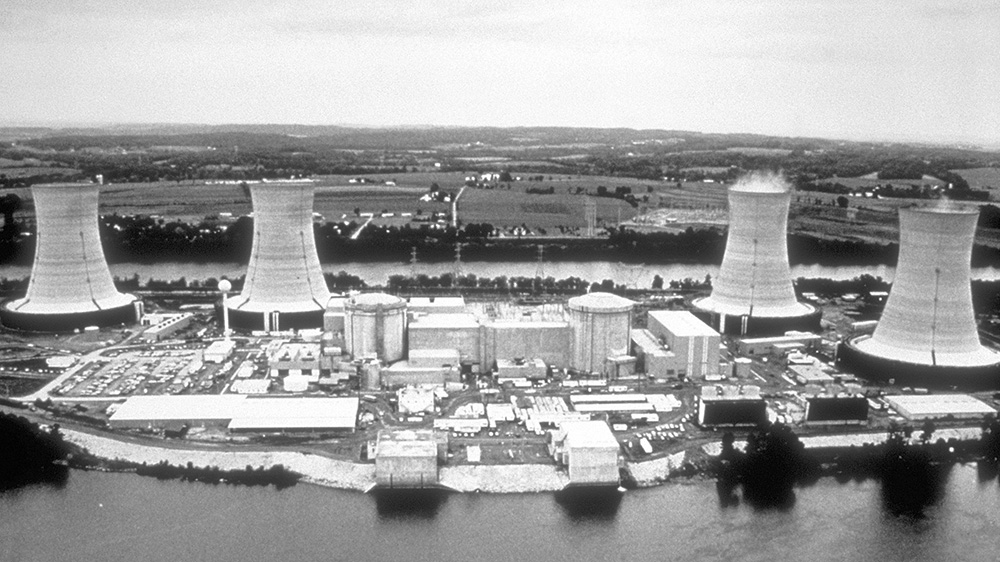
Above: The Three Mile Island power plant, with Unit 2 on the left, before the accident.
On a now-infamous night in the late ‘70s, Three Mile Island, a nuclear power station on the banks of the Susquehanna River experienced a catastrophic accident that shocked the world.
In the early hours of the morning, the reactor cooling pump on the Unit 2 reactor suddenly failed, causing pressure inside the main system to increase.
A safety relief valve was then activated to bring the pressure back down, which became stuck in the open position.
But the instruments in the control room didn’t show this. Operators were unaware pressure had dropped to dangerous levels, despite alarms ringing and warning lights flashing.
Meanwhile the reactor core, where the nuclear fission takes place, was becoming starved of cooling water, causing it to badly overheat and go into what’s called a partial meltdown.
The uranium fuel rods were so damaged they began leaking radioactive material into the atmosphere, resulting in a vast evacuation zone around the site. Approximately 140,000 people fled the area.
Fortunately, though, there were no injuries or deaths. According to the US Department of Energy the exposure “had no detectable health effects on the plant workers or surrounding public.”
The aftermath
Even so, Unit 2 was beyond repair and never worked again. And the wider impact was far greater — the event prompted a surge of tougher rules on the industry, led by the Nuclear Regulatory Commission, or NRC. It didn’t help that things had gone wrong at other nuclear facilities before Three Mile Island.
”The accident that happened at Three Mile Island was not the first accident that had started in that way. A lot of the precursors, a lot of the events, and a lot of the conditions that led up to the nuclear accident had actually been seen at other nuclear power plants in the industry,” explained Patrick White, research director at industry think tank the Nuclear Innovation Alliance.
”And so that resulted in a kind of a culture of trying to capture these lessons learned from what we call near-miss events and other activities so that all folks in the nuclear industry can learn how to more safely operate their plants.”
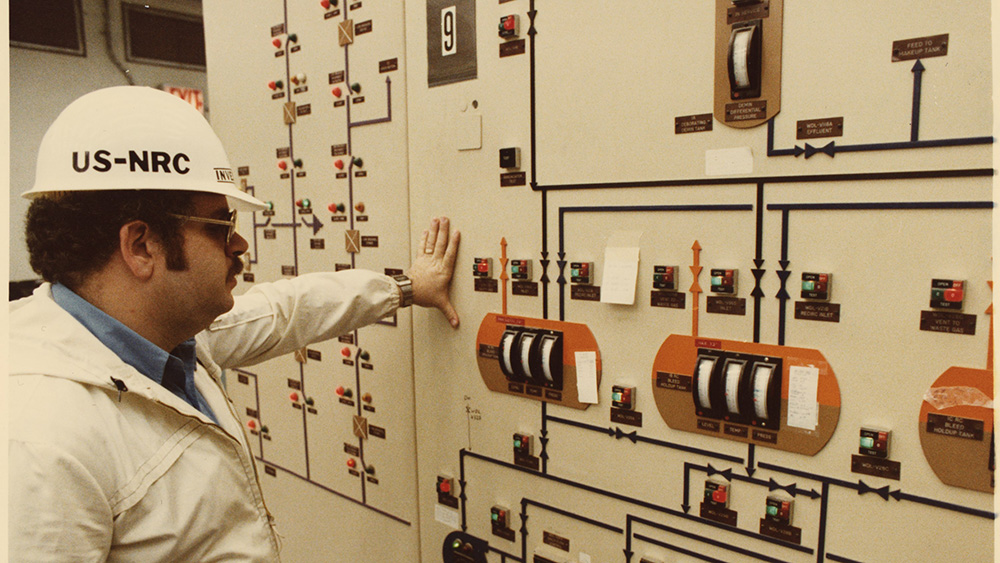
Above: A Nuclear Regulatory Commission inspector in the Unit 2 Control Room.
So, presumably, the damage done at Three Mile Island was so great, the plant was immediately closed, and that was that.
Well, actually, no. Because it was entirely separate from the reactor that failed, Unit One was able to continue and kept producing power for another 40 years. Until 2019, that is, when the station shut down completely.
Like many other nuclear sites in the US, it had struggled to compete with cheaper forms of energy like natural gas and renewables. Hundreds of jobs were lost and the long, laborious process of decommissioning the plant began.
Five years later, though, the location of one of the world’s most notorious near-disasters was thrown the most unexpected of lifelines.
Second chance
Constellation Energy, which acquired Unit 1 back in 1999, struck a deal with Microsoft that will see the site make a dramatic comeback. It will do so under a new name — the Crane Clean Energy Center.
Not only would this move see Three Mile Island turn its last remaining reactor back on again, a significant proportion of the power will be going to the tech giant.
Why is Microsoft involved in a deal to relaunch a nuclear reactor? Because the company’s energy demands have gotten so great it needs to find new sources of clean power, especially for its growing fleet of data centres.
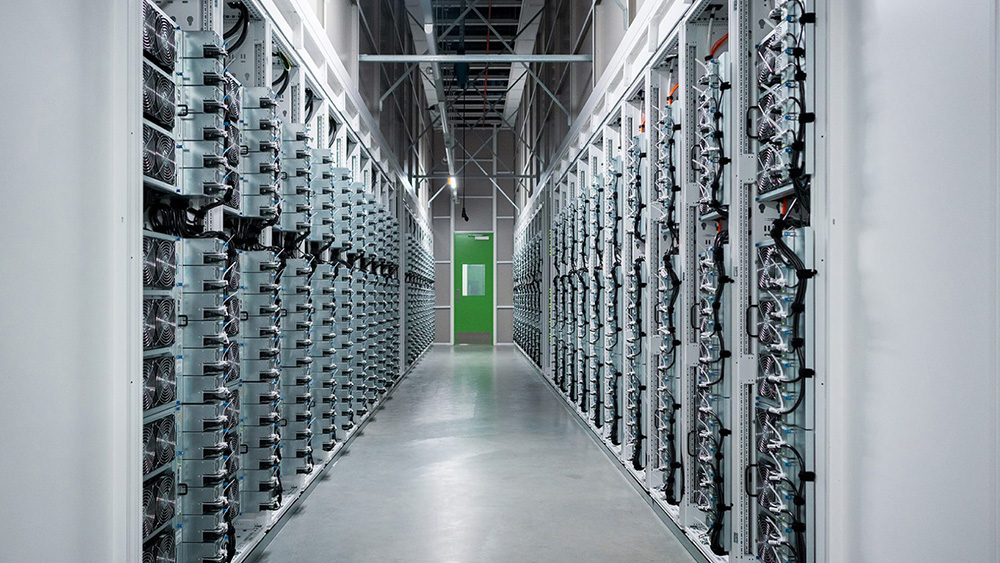
Above: Inside a Microsoft data centre. Image courtesy of Microsoft.
That’s right, despite the issue of waste disposal, nuclear is considered a clean form of energy because no greenhouse gases are produced during operation.
And what’s also making it attractive to big tech firms is it delivers lots of reliable power that isn’t dependent on how sunny or windy it is.
“They require large amounts of power, both for their data centres and for cooling those data centres,” said White.
“You need to make sure that you've got every megawatt for that data centre, again, at every hour of every day. And so they're really looking at how can you start to create these reliable relationships so you know you've got the power on demand.”
Details of the deal
How does the relationship with Microsoft work? Well, it allows the firm to purchase carbon-free power directly from Constellation Energy — once it has the plant operating again. And it will be able to do this for 20 years.
But this doesn’t mean it’s all going to Microsoft. The company will draw its electricity from the grid, which Unit 1 will contribute more than 800MW of power to.
You see, tech giants like this need assurances they’re going to have enough energy for their future plans, which are now dominated by artificial intelligence.
Yes, it’s no secret that big tech is investing heavily in AI. But all of that is going to require huge amounts of data, and none of that can happen without a lot more electricity coming from somewhere.
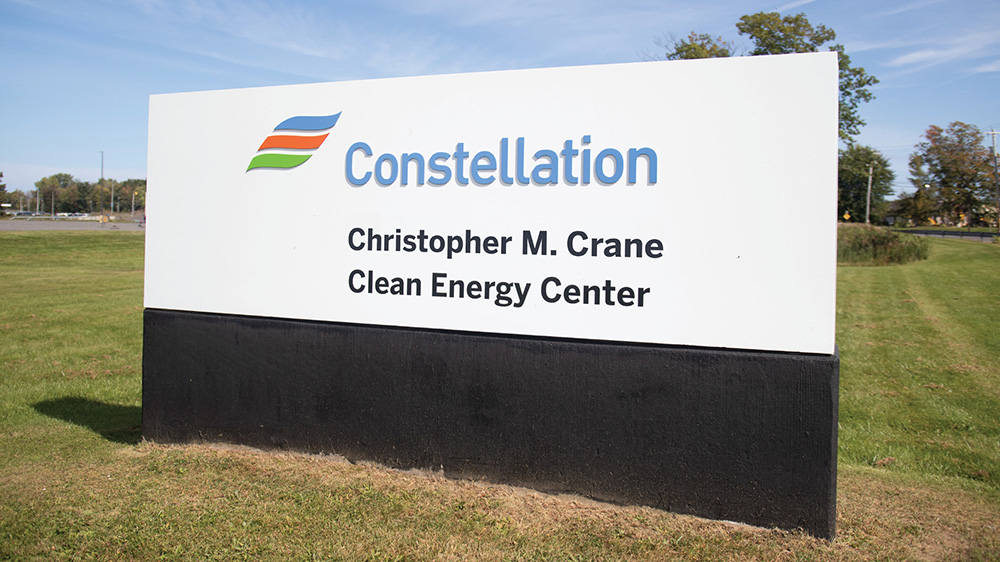
Above: Unit 1 has been renamed in honour of Constellation's former CEO Chris Crane. Image courtesy of Constellation Energy Corporation.
But a big question remains. How do you go about restarting a nuclear reactor that’s been shut down for years?
Well, as you can imagine it’s not easy, but bringing Three Mile Island back online is actually a lot less of an ordeal than it would be on other plants.
Taking it steady
When it closed, it was done using a method called SAFSTOR. It meant not a huge amount was done, other than the removal of fuel, water and other procedures that placed the reactor in a sort of stasis.
Then, over time — and we’re talking very long-term here — radioactive materials in the plant would have decayed, making it easier and safer to dismantle later on.
“So when you turn off the nuclear power plant, instead of immediately starting to deconstruct it, you essentially put it into kind of a mothballed or layup state. So you take all the plant systems, you maybe drain the water out of them, you put them into a very safe state, and you say, OK, now we're gonna wait,” said White.
“And you essentially will wait several decades before you actually start the dismantlement and deconstruction activities.”
In other words, the process of restarting Unit One isn’t as complicated as it would’ve been on a plant that was already being taken apart. But there’s still a lot that needs to be done.
White continued: “It’s a matter of going through and evaluating for plants that entered SAFSTOR — ‘What's the condition of all the components? What types of systems need to be essentially retrofitted or upgraded to meet the operational requirements?’
“‘And what plant components maybe require some additional maintenance to go back to their original operating state?’”
Which is why the relaunch is set to take four years and cost more than one and a half billion dollars to complete.
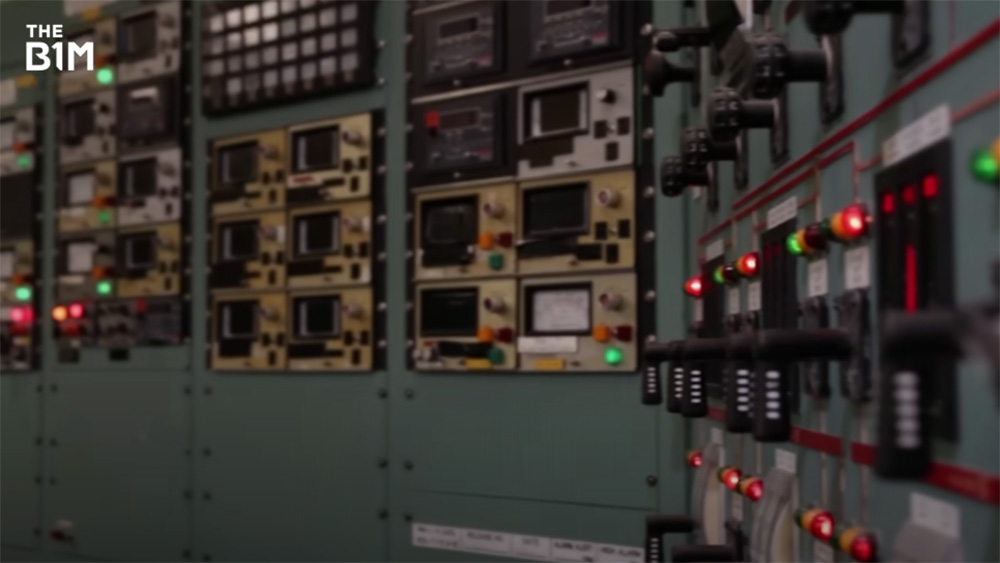
Above: A lot of the equipment at the plant still has a vintage feel.
Looking at Three Mile Island's current systems you'd be forgiven for thinking the teams have their work cut out.
The control room doesn’t seem to have changed much since President Jimmy Carter visited after the accident. But obviously it has, and there are now things like high-tech annunciators that alert workers if something isn’t right.
In fact, the owners are very keen to stress that everything will be shipshape when it’s powered up again, despite some parts appearing as though they belong in a museum.
“We constantly test every switch, constantly test every function and it’s all monitored through those annunciators so while it may look old because it doesn’t have digital screens everywhere, it’s functionally very, very reliable,” explained Bryan Hanson, Constellation Energy’s executive VP and chief generating officer.
They’re also having to restore all of the main equipment, from the turbine and generator to the cooling and control systems.
Not an isolated case
It’s going to be a massive effort, but it’s not the only reactor restart project that’s taking place in the US at the moment.
The Palisades plant in Michigan could reopen as soon as late 2025, and the Duane Arnold site in Iowa is aiming to come back online around the same time as Three Mile Island.
Can we expect to see more being announced? Probably not. Those three were all put into SAFSTOR, whereas others that have recently closed weren’t.
“Some of the other plants that have been decommissioned over the last several years, even ones that have been decommissioned more recently than TMI Unit 1, have already undergone major deconstruction and decommissioning activities. It's going to be a lot harder to go back and try to figure out how to bring those plants up to an operating state,” said White.
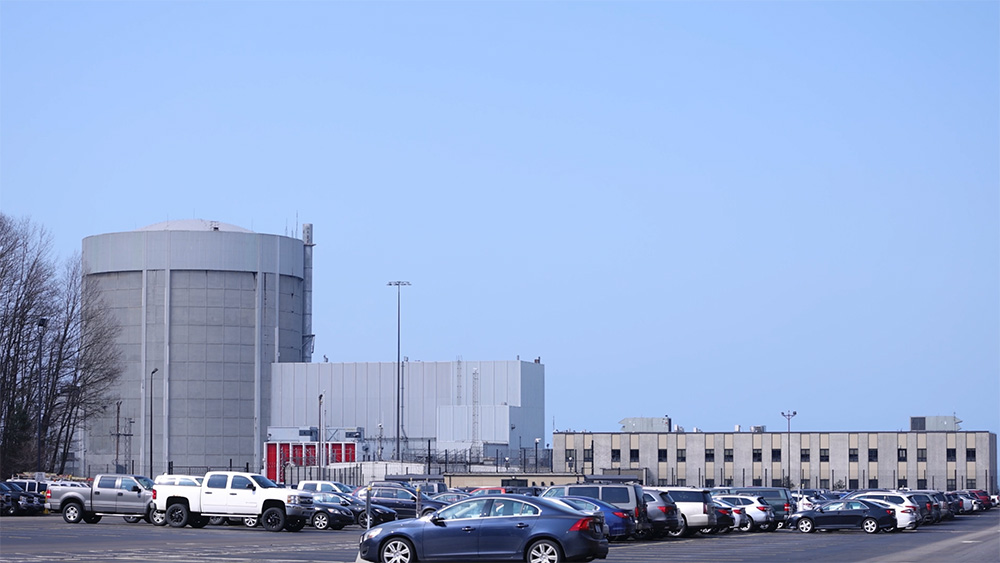
Above: The Palisades Power Plant. Image courtesy of Entenergy Corporation.
Right, so by now you might be thinking ‘if restarting old nuclear plants has its limitations, why not just build loads of new ones?’
Well, it all comes back to what happened in 1979 and the changes that were brought in afterwards. Workers were required to have higher levels of training, including in emergency response, while design and equipment requirements got a lot stricter.
Although the intention was to prevent reoccurrences of what happened at Three Mile Island, it also made building new reactors more difficult. It’s a problem — if you can call it that — which is still being felt today.
Two recently-completed at the Vogtle power plant in Georgia, but they took 15 years to build and were the first to be constructed in America for more than three decades. This was partly due to all the regulations that had come in since the late ‘70s.
For now then, if the US is going to need more nuclear power to meet its rising energy demands — not just from tech companies — it’ll have to make do with projects like the one in Pennsylvania.
Who would have guessed that the site of one of the darkest moments in America’s past would become a possible case study for the future?
This video contains paid promotion for InEight. Tackle your toughest projects with confidence using InEight’s project controls software for capital construction. Learn more here.
Additional footage and images courtesy of Nuclear Regulatory Commission, ABC News, Alexander Bobrov, CBS News, CNBC Television, Constellation Energy Corporation, Encyclopaedia Britannica Educational Corporation, Enternergy Corporation, FOX 13 Seattle, Georgia Power, Idaho National Laboratory, Jimmy Carter Library, Kindel Media, Meta, Microsoft, National Archives and Records Administration, PIX11 News, Subindie, Tennessee Valley Authority, WGBH Educational Foundation and WNEP.
We welcome you sharing our content to inspire others, but please be nice and play by our rules.
